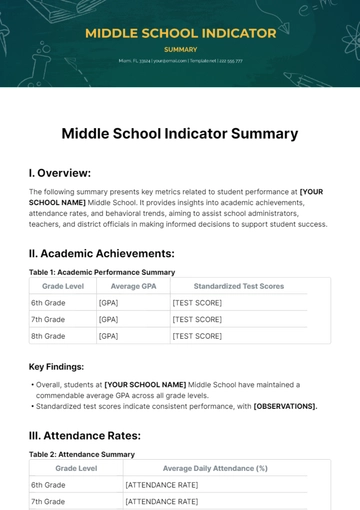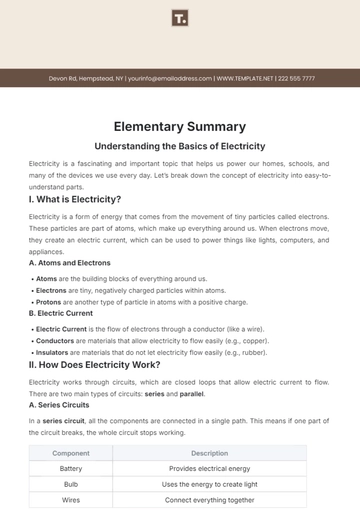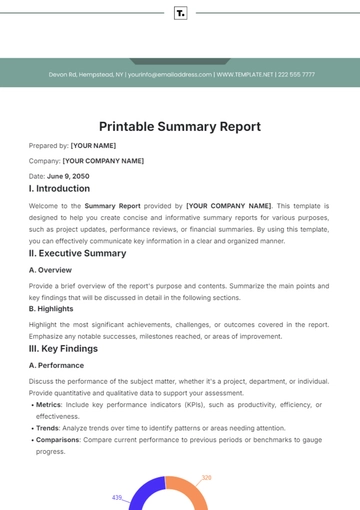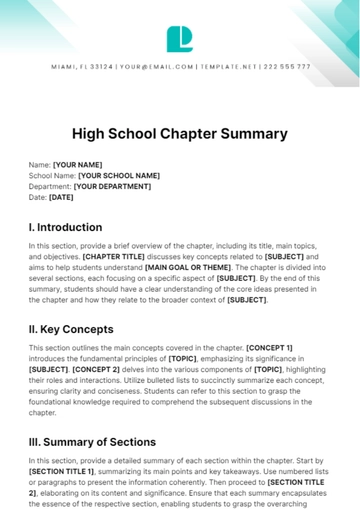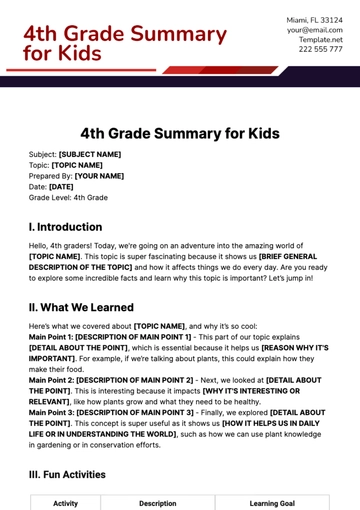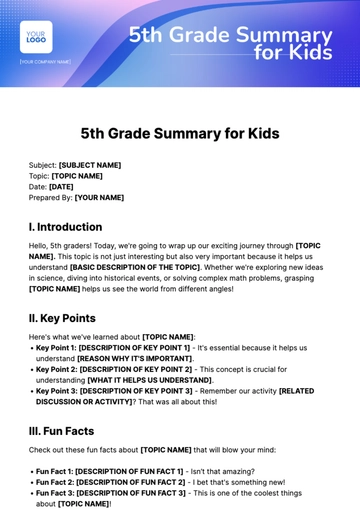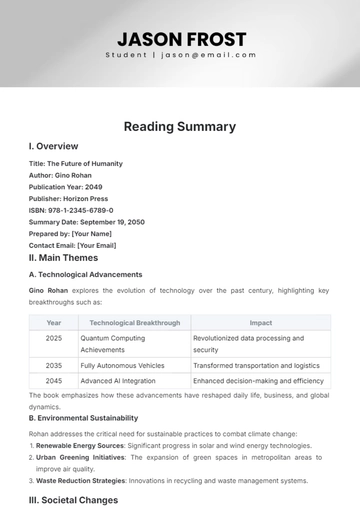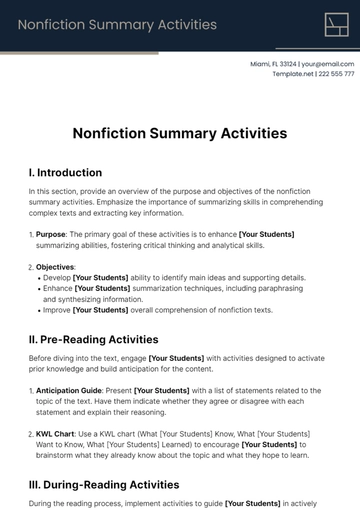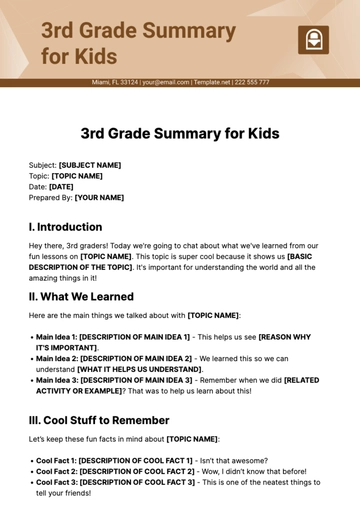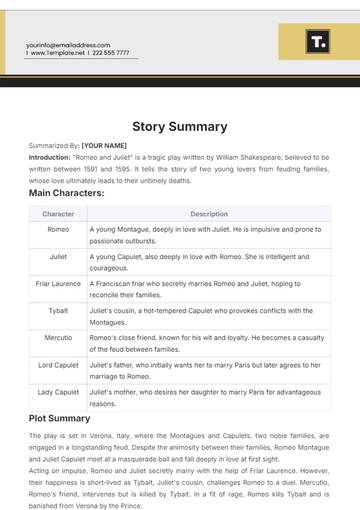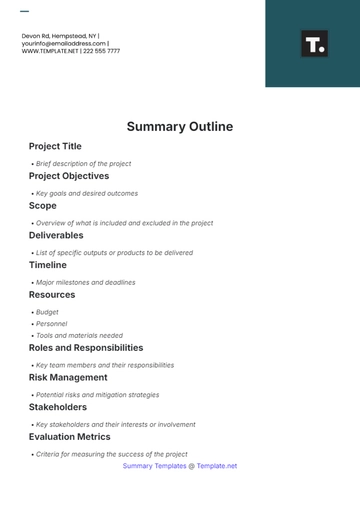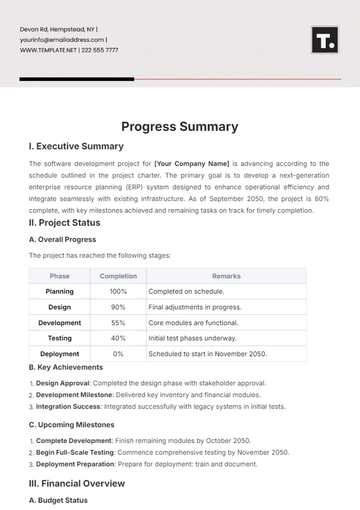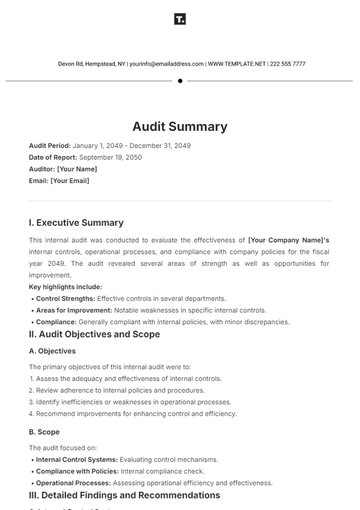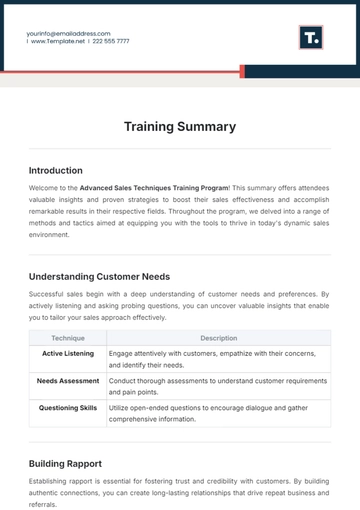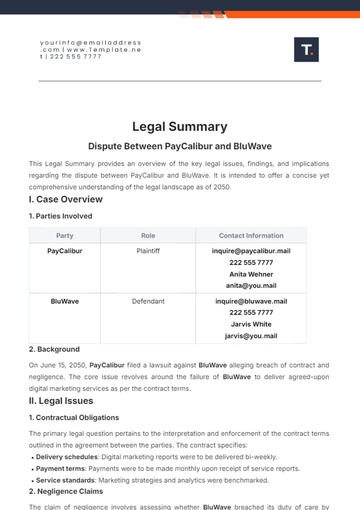Free short summary for kids
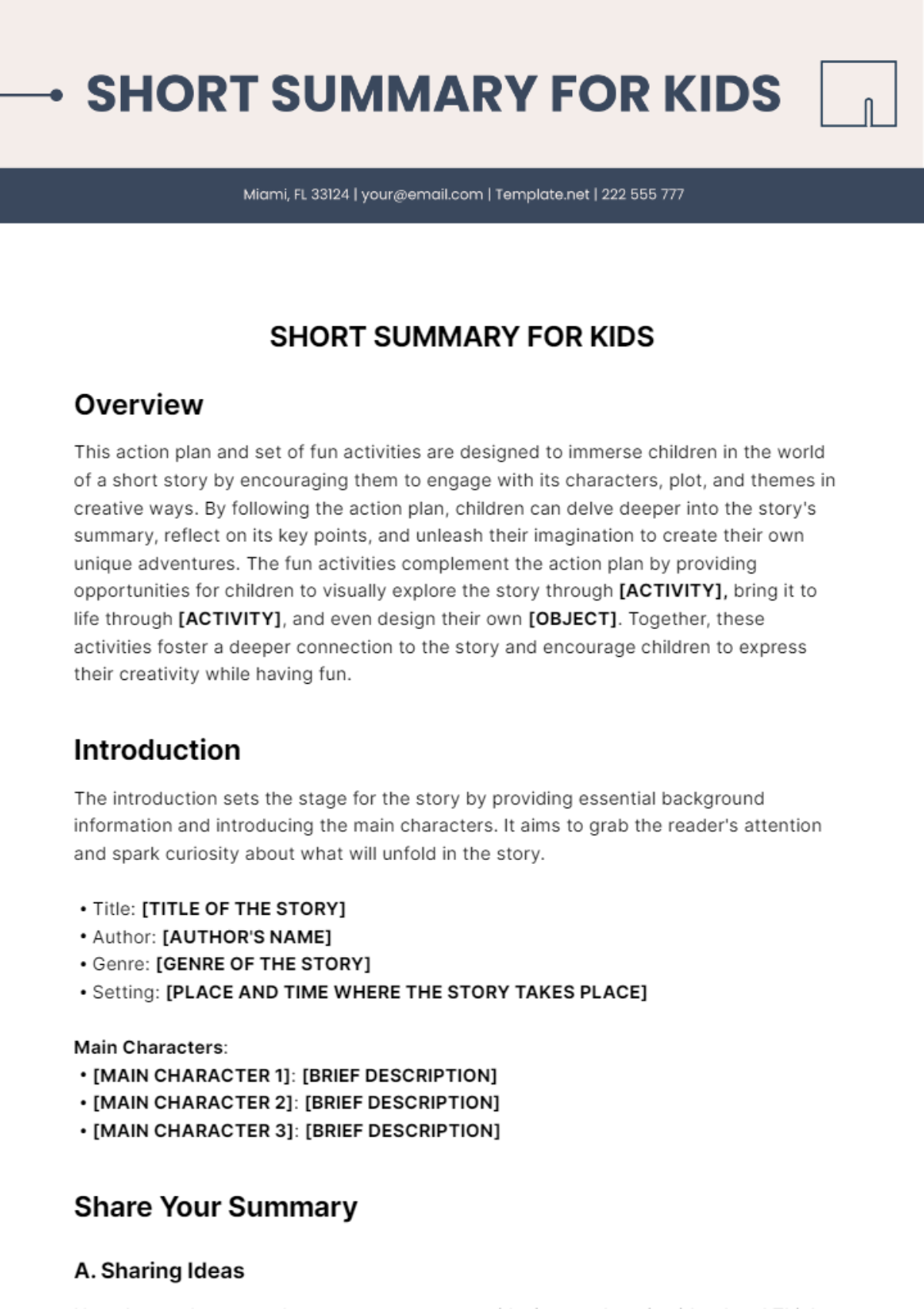
SHORT SUMMARY FOR KIDS
Overview
This action plan and set of fun activities are designed to immerse children in the world of a short story by encouraging them to engage with its characters, plot, and themes in creative ways. By following the action plan, children can delve deeper into the story's summary, reflect on its key points, and unleash their imagination to create their own unique adventures. The fun activities complement the action plan by providing opportunities for children to visually explore the story through [ACTIVITY], bring it to life through [ACTIVITY], and even design their own [OBJECT]. Together, these activities foster a deeper connection to the story and encourage children to express their creativity while having fun.
Introduction
The introduction sets the stage for the story by providing essential background information and introducing the main characters. It aims to grab the reader's attention and spark curiosity about what will unfold in the story.
Title: [TITLE OF THE STORY]
Author: [AUTHOR'S NAME]
Genre: [GENRE OF THE STORY]
Setting: [PLACE AND TIME WHERE THE STORY TAKES PLACE]
Main Characters:
[MAIN CHARACTER 1]: [BRIEF DESCRIPTION]
[MAIN CHARACTER 2]: [BRIEF DESCRIPTION]
[MAIN CHARACTER 3]: [BRIEF DESCRIPTION]
Share Your Summary
A. Sharing Ideas
Now that you've created an awesome summary, it's time to share it with others! Think about who might be interested in learning about the topic you've summarized. You can share your summary with your [FRIENDS], [FAMILY MEMBERS], or even your [TEACHERS]. You can also share it online through [SOCIAL MEDIA] or [EDUCATIONAL WEBSITES] to inspire and educate others.
B. Presentation Time
If you're feeling confident, why not turn your summary into a presentation? You can use your summary as a guide and create slides or posters to help illustrate your ideas. Practice presenting your summary to a [SMALL AUDIENCE] and see how they react. Remember to speak clearly and confidently, and don't forget to have fun!
KEY FINDINGS
Engaging Characters: Create characters that children can relate to or find interesting. Consider using [ADJECTIVE] animals, fantastical creatures, or [AGE GROUP] children themselves as protagonists.
Simple Plot Structure: Keep the plot straightforward and easy to follow. A clear [BEGINNING EVENT], [MIDDLE EVENT], and [END EVENT] will help young readers stay engaged.
Lesson or Moral: Incorporate a lesson or moral into the story that children can learn from. This could be about [VALUE], honesty, [CONCEPT], or [LESSON].
Imaginative Setting: Set the story in a whimsical or imaginative world that sparks children's imaginations. This could be a [LOCATION], a distant [PLANET/ISLAND], or a fantastical [KINGDOM/FOREST].
Interactive Elements: Include interactive elements such as [DIALOGUE], sound effects, or opportunities for children to participate in the story (e.g., repeating phrases or actions).
Action Plan
Read the Summary: Take a moment to read the summary of "[STORY TITLE]" and get a glimpse into the exciting adventure of [MAIN CHARACTER NAME].
Reflect on Key Points: Think about the key points mentioned in the summary and discuss them with friends or family. What do you find most interesting about the story?
Imagine Your Own Story: Use the summary as inspiration to create your own imaginative story. You can change the characters, setting, or plot to make it your own unique adventure.
Write a Short Story: Write a short story based on the summary, expanding on the key events and adding your own creative twists and turns.
Fun Activities
Illustrate the Characters: Get creative and draw your own illustrations of [MAIN CHARACTER NAME], [GUIDE CHARACTER NAME], and [FRIEND CHARACTER NAME]. Use your imagination to bring them to life on paper.
Create a Comic Strip: Turn the summary into a comic strip by illustrating the key events in sequential panels. This is a fun way to visualize the story and practice storytelling skills.
Act Out the Story: Gather your friends or family and take turns acting out scenes from the summary. Use props and costumes to make it more engaging and fun. You can even film your performance and watch it back later!
Design a Book Cover: Design a book cover for "[STORY TITLE]" based on the summary. Use colors, images, and text to capture the essence of the story and make it visually appealing.
CONCLUSION
Remember, as you read more stories and embark on new adventures, each one holds the potential to teach us something valuable about ourselves and the world around us. Whether it's courage in the face of adversity, the importance of kindness, or the power of teamwork, the characters and lessons from "[STORY TITLE]" will stay with you on your own journey. So, keep turning the pages, keep dreaming, and keep exploring the endless possibilities that await you. Happy reading!
- 100% Customizable, free editor
- Access 1 Million+ Templates, photo’s & graphics
- Download or share as a template
- Click and replace photos, graphics, text, backgrounds
- Resize, crop, AI write & more
- Access advanced editor
Introducing Template.net's Short Summary for Kids Template! This editable and customizable resource is tailored to engage young minds. Crafted with our Ai Editor Tool, it simplifies complex concepts into bite-sized summaries, fostering comprehension and creativity. Spark curiosity and learning with this dynamic tool, exclusively on Template.net.
